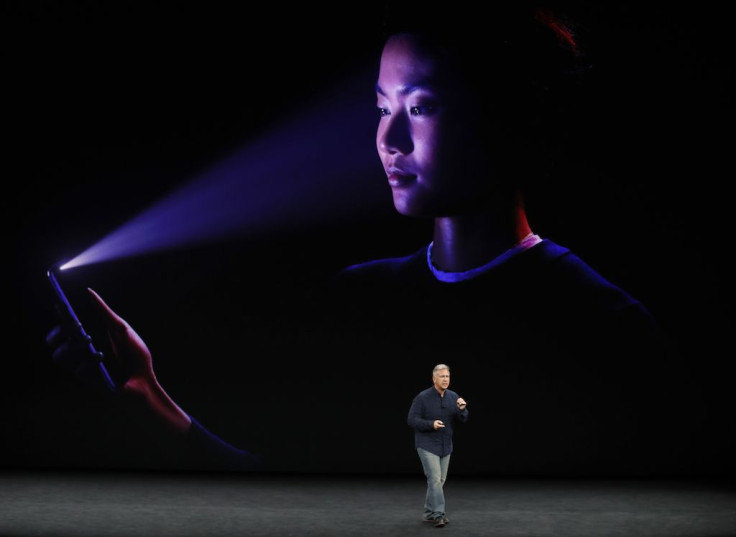iPhone Rumors: Apple Could Include Face ID On 2018 Smartphones

Apple just dropped the iPhone 8 and iPhone X earlier this month, but that doesn’t mean it’s too early to start speculation on the next iPhone just yet. In a new report, KGI Securities analyst Ming-Chi Kuo says that Face ID could be a central part of the 2018 iPhone lineup.
Via MacRumors, Kuo said that much of the traction for Face ID will depend on how it’s received by early adopters on the iPhone X. The $999 iPhone X is the only model that features the TrueDepth camera that allows for the depth perception needed for Face ID, which is Apple’s Touch ID replacement that uses your face to unlock an iPhone.
A key question on the minds of many investors is whether the new iPhone models to be launched in 2018 will support Touch ID (fingerprint recognition). We believe the key factors are: (1) whether or not Face ID (facial recognition) of iPhone X provide a positive user experience; and (2) the technical issues that Apple (US) will have to address with an under-display fingerprint solution. We believe Apple will replace the existing Home button-based Touch ID with the under-display solution for higher screen-to-body ratios, if it decides to bring back Touch ID.
In addition, this traction could potentially move Apple back towards developing in-screen fingerprint detection if the new technology isn’t well received.
This is because the iPhone's 3D Touch module makes the entire panel module even thicker, and could potentially undermine the scan-through performance of the under-display solution. If Face ID fails to impress consumers, Apple may turn its focus to the development of under-display solution. However, even if that happens, Apple will still have to find ways to overcome the aforementioned technical issue.
In the run-up to Apple’s fall iPhone event, much of the speculation around the new iPhones revolved around whether or not Apple would use facial recognition, in-screen fingerprint detection or another method in order to unlock the device.
Touch ID fingerprint recognition has been a long-standing feature for iPhones, but Apple has pushed to maximize the screen space that’s previously been taken up by the physical fingerprint sensor. But because of the thickness of current phone displays thanks to features like Apple’s 3D Touch, in-screen fingerprint detection still has issues with scan accuracy.
The speculation around Face ID also ties into Apple’s long-term goals with the iPhone X and future features. As Apple’s launch event suggested, it sees the features in the iPhone X as where it wants its smartphones to go in the future and clearly prefers to drop a physical fingerprint sensor down the road — it’s part of the reason why the iPhone X didn’t go with a rear fingerprint sensor as seen on phones like the Google Pixel series.
But with its preferred option still early along in its lifespan, Apple instead has investments in both baskets and will likely see where the market goes before figuring out what to with with future iPhones.
© Copyright IBTimes 2024. All rights reserved.





















